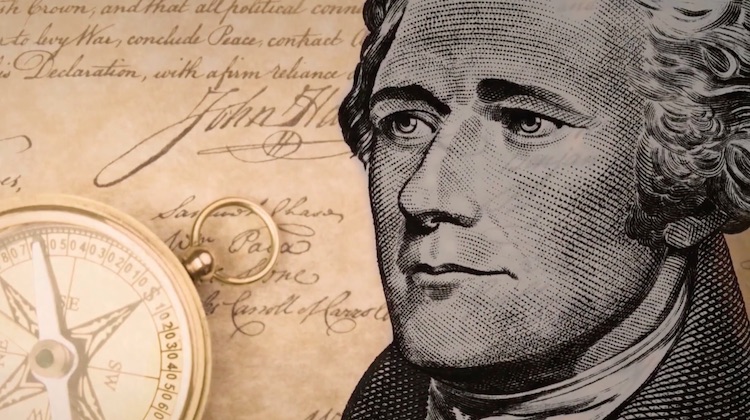Modern Marketing
Inside BNY Mellon’s marketing strategy
- Considering it's one of the oldest banks, BNY Mellon has been at the forefront of innovation, whether its in emerging technologies or in its marketing
- BNY Mellon is using the popularity that Broadway has brought its founder, Alexander Hamilton, to share the story and history of its brand








